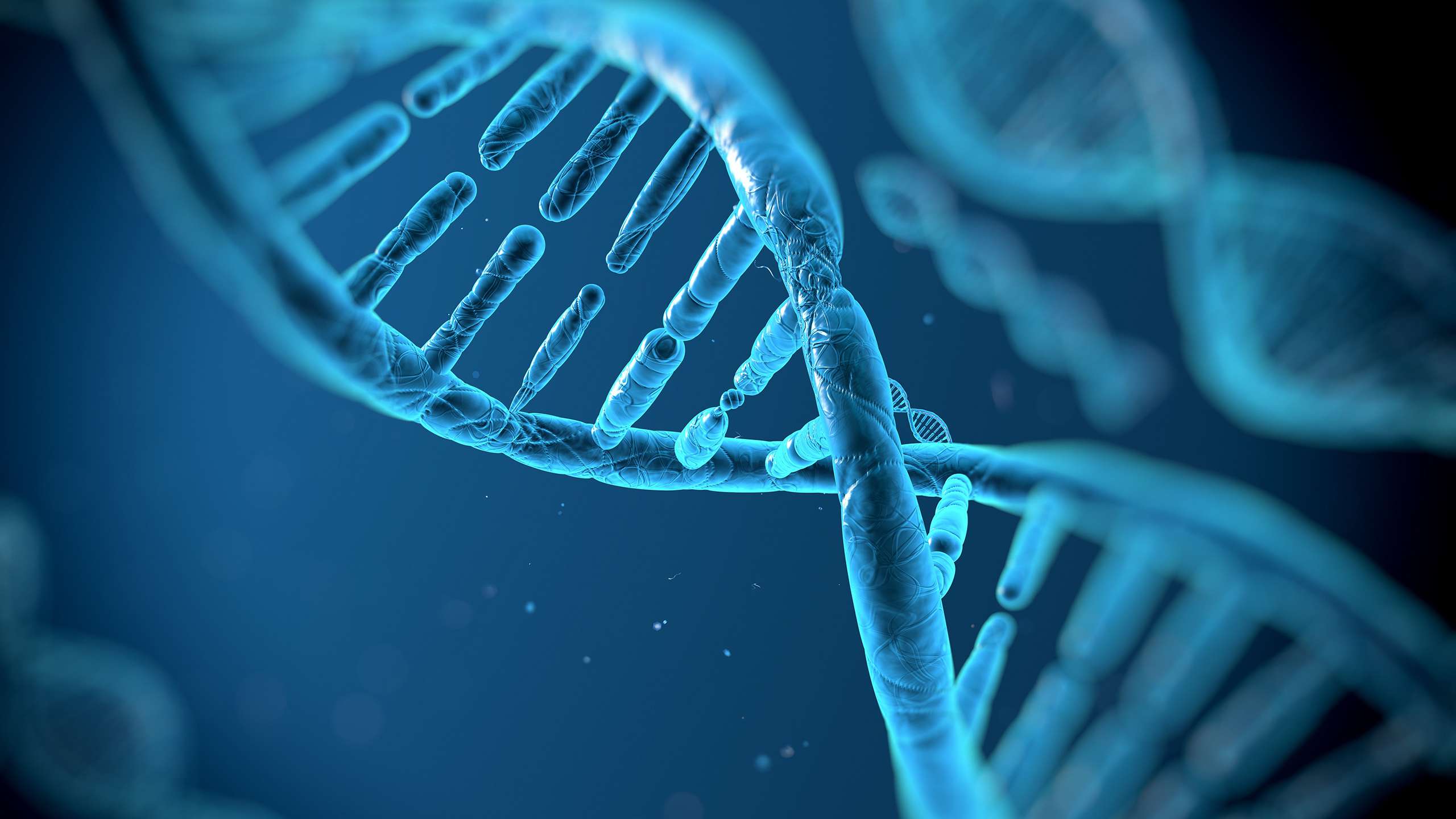KND-LP30 aluminum oxide polishing fluid is a surface treatment material primarily composed of aluminum oxide (Al₂O₃) abrasives, widely used in metal, semiconductor, optical, and ceramic industries. Its core function is to achieve high-precision, low-damage surface polishing through physical abrasion and chemical synergistic effects.
Konada’s R&D team can customize parameters like pH and solid content to meet different process requirements.
| product name | Alumina polishing fluid |
| product model | KND-LP30 |
| appearance | Liquid white |
| Particle size | 100nm |
| potency | 30% |
| crystal form | α each other |
| Ionic | Water-based non-ionic |
| scope of application | Indium phosphide, chip fiber and other precision polishing products |
一.Components and Types
The main components of alumina polishing fluid include:
1. Alumina abrasives: Provide physical grinding action. The common particle size range is from nanoscale (e.g. 50-200nm) to micrometer scale (e.g. 1-5μm), which can be adjusted according to requirements.
2. Dispersant: prevent abrasive agglomeration and ensure uniform and stable polishing fluid.
3. pH regulators: Maintain pH levels (typically weakly alkaline, 9-11) to optimize the balance between chemical corrosion and mechanical abrasion.
According to the abrasive particle size and formula differences, alumina polishing fluid can be divided into:
- Coarse polishing liquid: large particle size (such as 3-5μm), used to quickly remove surface defects.
- Fine polishing liquid: small particle size (e.g. 50-200nm) for mirror finish.
- Specialized: Such as semiconductor CMP polishing solutions and optical glass polishing solutions, optimized for specific materials.
二.Core Features
- High hardness and cutting force
Alumina is second only to diamond in hardness, and can efficiently remove surface defects of hard materials (such as sapphire, silicon carbide), while maintaining a low rate of wear.
- High precision and low damage
Nanometer alumina particles can achieve atomic level flatness (Ra<0.1nm), which is suitable for semiconductor wafers, optical lenses and other fields with high requirements for surface quality.
- Chemical-mechanical synergy
By adjusting the pH value, the alumina polishing fluid can simultaneously occur slight chemical corrosion during the grinding process, reducing mechanical stress, scratches and sub-surface damage.
- Cost-effectiveness
Compared with diamond polishing fluid, alumina has lower cost and higher efficiency in hard material polishing, with significant comprehensive cost advantage.
- Environmental protection and stability
Modern alumina polishing fluid is mostly water-based, non-toxic and harmless, and long-term stability is achieved through dispersant technology to reduce precipitation and agglomeration.
三. Typical application areas
- Semiconductor industry
- Wafer polishing: Chemical mechanical polishing (CMP) of silicon, silicon carbide, gallium nitride and other wafers to achieve global planarization.
- Encapsulation substrate: improve the surface smoothness of the metal lead frame and enhance the conductivity.
- Optics
- Lens and prism: polished optical glass, sapphire and other materials to eliminate scratches and ripples, improve light transmittance.
- Optical fiber connector: Ensure the flatness of the end face to reduce optical signal loss.
- Metalworking
- Stainless steel and aluminum alloy: used for precision parts surface polishing to achieve mirror effect.
- Mold and tool: improve the surface quality of cavity and blade edge, prolong the service life.
- Ceramics and gemstones
- Zirconia ceramic: Polished for mobile phone back panels, smartwatch cases, and other applications to enhance wear resistance and aesthetic appeal.
- Sapphire and diamond: used in jewelry processing to enhance luster and transparency.
- Other areas
- Hard disk substrate: improve the flatness of the magnetic recording layer and improve the storage density.
- Flat panel display: polished glass substrate to reduce display defects.
 KONADA
KONADA
